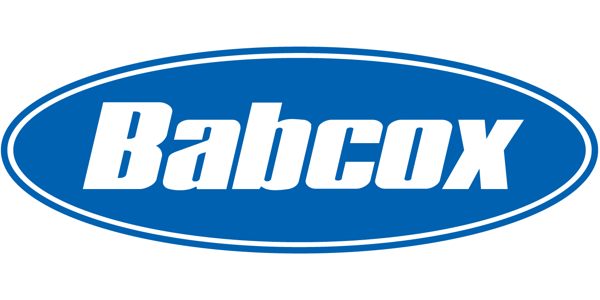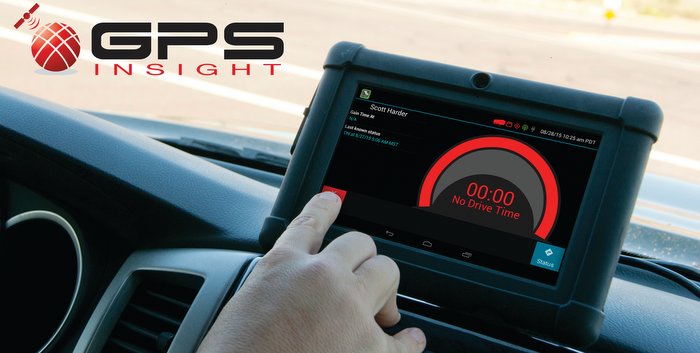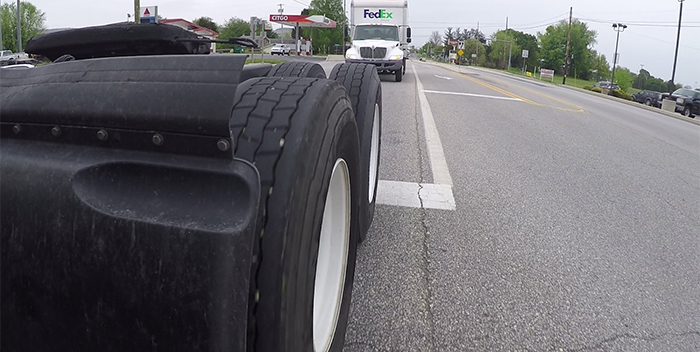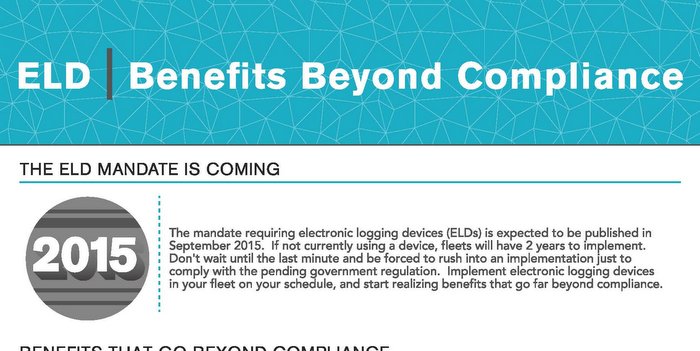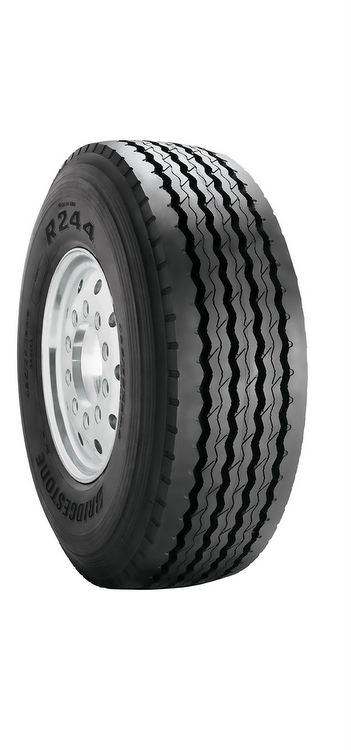Part of every dollar you spend on a new truck or replacement part goesto pay for warranty—it makes sense to get a return on those dollars.
Warrantycoverage. It’s an item that comes automatically with every new partthat’s purchased. It’s also an item every equipment manager wants moreof whenever a new vehicle, or even a replacement part, is purchased.Managers fight for the most they can get, but it’s also an item thatthose same fleet managers would like never to need.
It would beso nice if a vehicle could work through its entire service life andnever need a repair that required a part still under warranty, butevery fleet manager knows that’s never the case. And because the futureis never known with certainty, you need to make sure you have maximizedthe coverage available to you and you’re in a position to recover allthe warranty money that’s coming to you.
It’s that last pointthat proves to be a problem in too many operations. While there aretimes that claims fail to be made on warrantable repairs of newlypurchased vehicles, that is far less common than claims omitted onextended warranties offered by drivetrain component suppliers oraftermarket parts manufacturers.
Sources of warranty
Warrantyis readily available from three major sources. All new vehicles comewith standard warranty packages provided by truck manufacturers,generally through their dealer networks. In addition to these standardpackages, some fleet managers are able to obtain supplementary coveragefrom truck manufacturers based on the size of the order and the fleetmanager’s negotiating skills.
In some instances, truck builderswill approve reimbursement for repairs after the standard warrantyexpires in what has become known as policy adjustments. If you need torepair a vehicle that you believe should be covered by the vehicle orcomponent manufacturer, don’t hesitate to ask for reimbursement under apolicy adjustment. It’s been said, “You can’t fall off the floor!”
Anotherpopular and widely available source of warranty reimbursement is theadditional coverage available to fleets when a new vehicle ispurchased. This can come from two sources: major component suppliersand extended warranties offered for sale by truck builders. The first,which usually come standard, commonly cover major drivetrain componentslike engines, transmissions and rear axles. Negotiation is sometimesavailable with these warranties. Most knowledgeable fleet managers,however, do not consider the purchase of extended warranties to be agood business decision.
The last source of warrantyreimbursement comes from aftermarket parts suppliers, many of whomoffer warranty coverage on their products. This is where most fleetsstruggle to make the claims necessary to successfully maximize theirwarranty recovery, and it’s clear that aftermarket parts warranty isgrowing in importance. When many fleets in the industry were usingthree years as their trade cycle, new truck warranties dominated inimportance. Now, however, with trade cycles extending five and evenseven years, more replacement parts not covered by new truck warrantiesare being used. The successful establishment and management of aneffective warranty recovery program becomes an important opportunityfor a fleet to recover dollars.
Managing warranty recovery
Whilemost fleets have some kind of program to track warranty, only thosethat have a formal program––and manage it––are successful. Darry
Stuart,president and CEO of DWS Fleet Management Services, says, “Many peopleclaim they collect warranty, but I find most don’t have an establishedprocedure to track it. So they really don’t have a handle on it.Warranty recovery is important. It’s probably worth about a penny permile over the life of a truck if you’re sharp.”
Some do betterthan others. For example, Transport Services, a tanker fleet operatingout of Oak Brook, Ill., trains its technicians to know what iswarrantable and the warranty time frame for those parts. Techniciansuse tags attached to failed parts with wires to enter information aboutthe item: date, unit number, mode of failure, etc. When a warrantyclaim is filed with a manufacturer, a copy is also forwarded to thecompany’s corporate office where follow-up is handled until thesupplier takes action. While the system might be somewhatlabor-intensive, it is effective because it is managed and not left toitself.
Management’s challenge is to make sure technicians knowwhat opportunities exist for warranty recovery. When analyzing whywarranty reimbursement has been lost, too many fleet managers find itwas because they hadn’t done a sufficient job communicating to thefolks in the field what was needed from them to properly file forwarranty.
When a problem is encountered with a warrantabletransaction, for best results, try to identify what and from whereinformation is missing and figure out how to prevent the problem fromrecurring.
The most effective maintenance software modulesavailable are designed specifically to help fleets maximize warrantyrecovery. Some programs are more effective in this effort than others.Fleets that have made the investment in software tools that can helpthem identify the potential for warranty claims early in the repairprocess are the most successful in recovering warranty dollars.
DaveWalters, technical sales manager for TWM Systems, says, “The softwareshould help the fleet know that the repair about to be done iswarrantable. If you can have that information in front of you early inthe process, it may influence how you make that repair and where youget that repair done. Our software will identify and bring to theforefront potential warranty claims for all three sources of warrantycoverage.”
According to Scott Vanselous, vice president and generalmanager of TWM Systems, “The software should provide information aboutthe problem, the repair of the problem and help in making sure the partis retained for proof of warranty.”
Value received
What’sa good warranty recovery system worth? Consider a fleet with aseven-year trade cycle. In that fleet there will be a broad range ofvehicle ages, therefore a range of warranty needs. Walters says, “Invehicle ages one through three, we see a warranty recovery of about 10%of the amount spent on maintenance annually. In years three and beyond,we see a 4% to 5% return from a combination of extended warranties andaftermarket parts warranty.”
Clearly, there are some significantdollars available for fleets that are willing to get a warrantyrecovery system set up correctly. Vanselous tells of a waste haulerthat was receiving about $100,000 annually in warranty reimbursementbefore it installed a software-based warranty recovery system.Afterwards, it was enjoying $1.5 million. Another fleet, a bulk hauler,went from $10,000 using one full-time employee to $200,000 using anemployee one-third time. Finally, another operation went from sevenfull-time employees to one handling warranty after it installed aneffective software system.
Remember, you pay for warrantyevery time you purchase a new truck or replacement part. Make sureyou’re getting an acceptable return on that investment.

